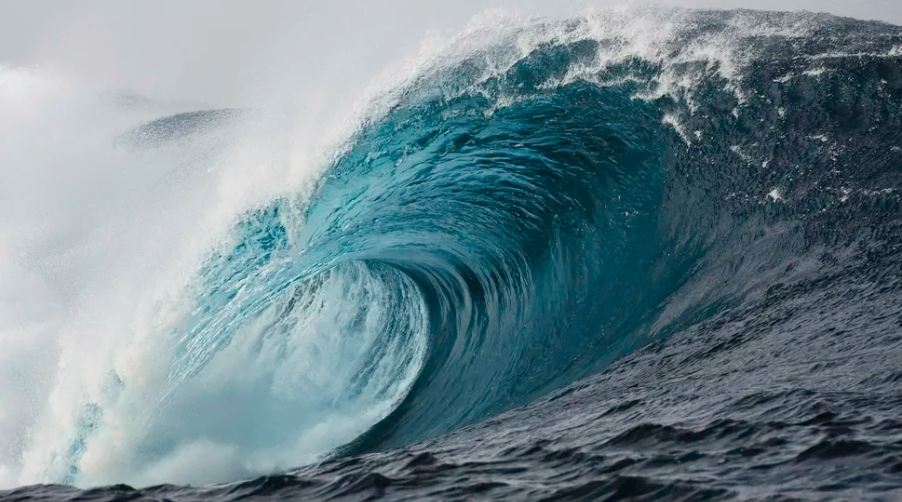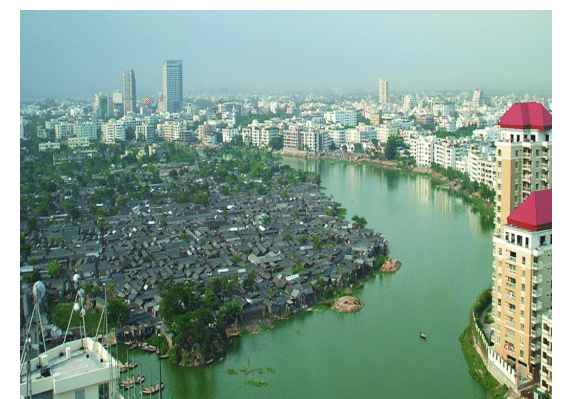A massive earthquake along the Cascadia Subduction Zone could trigger a devastating mega-tsunami, threatening Alaska, Hawaii, and the Pacific Northwest with little warning.
Though the last major rupture occurred in 1700, researchers stress that the geological setup remains dangerously active.
A massive earthquake along the Cascadia Subduction Zone could trigger a powerful mega-tsunami. Such an event has the potential to devastate parts of the United States, particularly the Pacific Northwest, Alaska, and Hawaii, warns a recent study by Virginia Tech geoscientists, published in the Proceedings of the National Academy of Sciences. The research estimates a 15 per cent chance of a magnitude 8.0 or greater earthquake hitting the region within the next 50 years.
Such an event could cause coastal land to sink by as much as 6.5 ft, significantly intensifying the tsunami’s destructive force. Scientists warn that the resulting waves could reach up to 1,000 ft in extreme cases, traveling miles inland and posing an unprecedented threat to millions.
Cascadia subduction zone
The Cascadia Subduction Zone is a 600-mile-long convergent fault (along tectonic plates) stretching from Northern California to Vancouver Island, Canada. It marks the boundary where the Juan de Fuca Plate is slowly sliding beneath the North American Plate — a tectonic interaction capable of producing massive “megathrust” earthquakes.
Though the last major rupture occurred in 1700, researchers stress that the geological setup remains dangerously active. “This is a ticking time bomb,” warn scientists, noting the potential for sudden, large-scale displacement of the ocean floor — an event that could easily trigger a catastrophic tsunami.
The areas most at risk from such an event include Northern California, northern Oregon, and southern Washington. Alaska and Hawaii, while farther from the Cascadia fault line, remain vulnerable due to their seismic and volcanic profiles.
What is a mega-tsunami?
Unlike ordinary tsunamis, which typically result in waves measuring a few feet high, mega-tsunamis are characterised by extreme wave heights — sometimes hundreds of feet. These are triggered by large-scale underwater disturbances such as massive earthquakes, landslides, volcanic eruptions, or even meteorite impacts.
Unlike regular tsunamis, mega-tsunamis can travel several miles inland with devastating force, overwhelming coastal defences and leaving very limited time for evacuation.

(A) Washington, Oregon, and California coastal estuaries analysed in this study. (B) Modelled earthquake-driven subsidence values (red rectangles) constrained by 1700 CE earthquake geologic subsidence estimates. (C) Cross-section from Necanicum River estuary showing current MHHW and 1% floodplain elevations (Photo/PNAS)
Alaska: Threatened by quakes and landslides
Alaska faces a dual threat: not only is it located on the seismically active Pacific Ring of Fire, but it is also vulnerable to landslides exacerbated by climate change. The Aleutian Islands, in particular, have a 9 per cent chance of experiencing a magnitude 9.0 or higher earthquake in the next 50 years, according to a study by the University of Hawaii at Manoa.
Melting glaciers are also destabilising mountain slopes in Alaska, increasing the risk of massive landslides into nearby bodies of water. These landslides can displace vast amounts of water, generating tsunamis that could strike both local and distant shores.
Hawaii: Volcanic activity adds to risk
Hawaii’s volcanic topography adds another layer of danger. The Big Island’s active volcanoes, such as Kilauea, are susceptible to flank collapses — huge landslides where portions of the volcano slide into the sea. These can generate massive waves, capable of affecting not just Hawaii’s shores but other areas across the Pacific as well.
Although such events are less frequent, the dense coastal population of Hawaii makes the potential impact particularly alarming.
Call for infrastructure resilience
The study urges immediate action to mitigate the risks posed by potential mega-tsunamis. Scientists advocate for robust early warning systems, resilient coastal infrastructure, and extensive public awareness campaigns.
In the event of a large Cascadia quake, the Federal Emergency Management Agency (FEMA) estimates the death toll could exceed 13,000, with over a million people displaced. “Evacuation times in some areas could be as little as 10 minutes,” warn experts, highlighting the urgent need for community preparedness and clear emergency protocols.
While the study focuses on the US West Coast, the implications are global. Rising sea levels caused by climate change could increase the reach and intensity of future tsunamis. International cooperation in seismic monitoring and emergency preparedness will be essential to address the growing threat.




